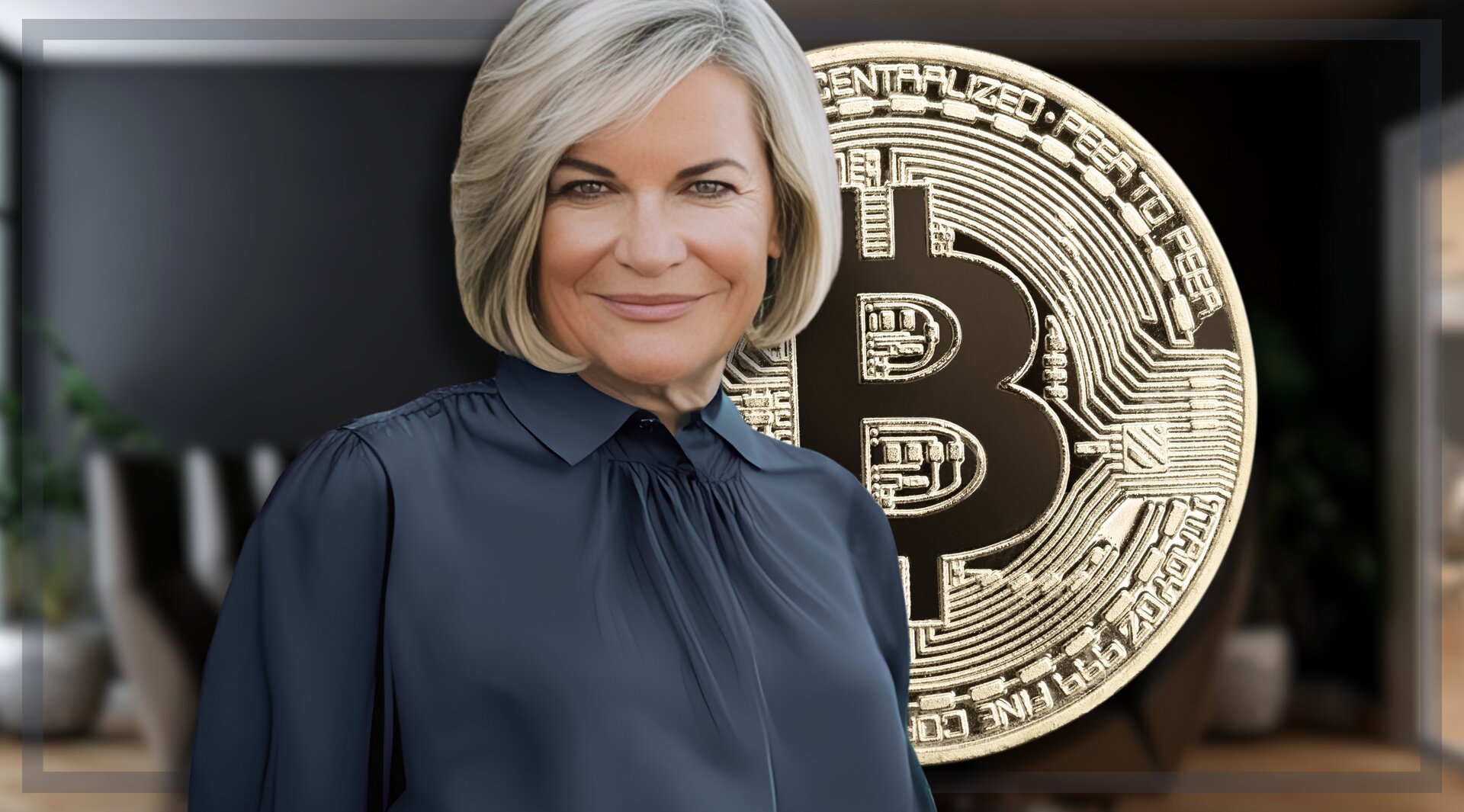Not all investors are equally placed to navigate the vicissitudes of economic cycles. For many venture capital firms, growth equity, and crossover hedge funds used to voraciously gobbling up stakes in startups at sky-high revenue multiples, this is their first experience of a downturn. But for Sequoia Capital, this is not their first rodeo.
“Why 36 months? There’s no magic to that number, but during the Internet bubble, it took about three years before it felt like we were back to a reasonably normal funding environment,” it warned founders in its “Forecasting and Planning” Survival Guide. Sequoia sees today’s monetary contraction and inflationary recession as analogous to the dotcom bubble, which it experienced alongside the enduring Kleiner Perkins, Benchmark, Accel and Index ventures. In its stark advice to portfolio companies, it says “yesterday’s market was the blip. That was the anomaly—today is the durable reality.”
Yet as the investment giant, which has $85 billion in assets under management (AUM) giant still continues to deploy capital, how and where is it doing so?
.@shaunmmaguire and @gradypb spoke at #ETHCC5 distilling 50 years of lessons at Sequoia Capital for crypto founders navigating a down market cycle.
— Sequoia Capital (@sequoia) July 22, 2022
Watch the recording here 👉https://t.co/5KPENdsL1Q pic.twitter.com/MVuRbbALIQ
Seek and Deploy
Sequoia is on track to make a similar number of investments in 2022 as in 2021, with 27 so far this year, with 43 having been made last year and 37 in 2020. This excludes 77 companies in stealth mode that can reasonably be assumed to be investments from the last 3 years.
This marks a shift from last year’s strategy as 15 investments, as well as 2 companies in stealth mode, were part of the new “Arc accelerator.” This strategy was designed to rival Y-combinator in Europe by giving coaching from European operators from Hubspot, Front, Wolt, and Bolt, among others.
The timing is obvious. The YC brand has been devalued by an increase in cohort size. In 2012, it was cut from 84 to 50. By 2022, the total number of companies was cut 40% from 414 to 250. Sequoia has thus pounced on a vacuum in the European ecosystem, with its unique legal system and business culture, to cultivate the next unicorns.
Whereas YC invests $500,000 in the form of $125,000 up front and $375,000 as SAFE note, that is contingent on future fundraising for 7% of the company, Sequoia invests $1 million on flexible terms. This might give Sequoia the leverage to push down the valuations of the cohort, as it launches another programme in the US. In addition, it allows Sequoia to shape its portfolio companies while exercising more control.
As we wrap up Arc Europe, we’re excited to launch Arc Americas in September. Don’t miss the deadline to apply to our seed-stage catalyst: Friday, July 22nd https://t.co/ELoiY26Mh2 pic.twitter.com/MFyYDuvkRt
— Sequoia Capital (@sequoia) July 19, 2022
Arc Cohort
Within the cohort, there is a clear focus on developer tools. Akeero (Ireland) is integrating automated threat modeling for cloud-native products, so teams can identify bugs earlier. Baselime (UK) has built a platform for serverless architecture.
Another focus is data collaboration for data engineers and analysts. Calliper (UK) uses advanced machine learning techniques, to aggregate key data sources into a “mission control” center that everyone in an enterprise can use. Popsink (France) allows analytics engineers can build real-time data jobs in SQL— without scripting. Synativ (UK) improves the quality of image data for computer vision engineers
It looks like Sequoia are calculating that developer and data tools are necessity, rather than a luxury, as software continues to eat the world. This follows the fact that sales and marketing are the first areas cut in a recession, while companies continue to invest in their product – Sequoia will be hoping one of these companies follows in the footpath of Snowflake, the data warehousing giant that was one of its largest exits ever.
Yet despite this, sales tools are another theme. RevMap (The Netherlands) gamifies collaboration between product and sales teams to integrate user feedback. Telescope (UK) wants to solve the lead-generation cold email problem by filtering for relevance. Twain (Germany) uses natural language processing to help salespeople write better e-mails, but it faces competition from Lavender.
These companies arise out of the problem presented by the mass automation of cold prospecting that has caused “buyer fatigue.” Solving this problem will be big business, but the technical moat surrounding natural language processing startups is brittle, given the Cambrian explosion of natural language processing since Open AI released GPT-3, the largest language learning model in history, to the public. Yet the opportunity for NLP to replace intermediaries is seen in the investment in SureIn (Germany) wants to replace the human insurance broker.
The rest of the batch is largely diversified, indicating Sequoia’s will to partner with what it calls “outlier founders” regardless of sector.
Pure Equity Investments
Despite the valuation cuts to many growth-stage companies, Sequoia is still investing from Series A to C. It still has a taste for marketplaces after its success with AirBnB; Zefir claims to be France’s answer to Rightmove and Zillow, with its version of Ibuying seeking to avoid the pitfalls of Zillow’s disastrous attempt in the US. Clipboard Health, a healthcare talent marketplace raised $80 million at a $1.3 billion valuation.
Sequoia partook in a $38 million Series B of Meter, which provides internet infrastructure in buildings. LayerZero allows users on different Layer 1 blockchains to interact. The Silicon Valley VC invested in Hugging Face at a $2 billion valuation to build the “GitHub of machine learning’”in its Series C round. In another large $100M Series C, Cyera, an Israeli cybersecurity startup for the cloud raising $60 million. Chainguard raised $50 million just eight months after launch to secure the software supply chain.
This indicates its preference for infrastructure and security plays that underpin the digital economy. There are concerns about the lack of valuation discipline, with Sequoia still investing in unicorn companies despite low chances of an IPO or raising at an increased valuation any time soon. It invested in Glean at a $1 billion valuation, an internal search engine for employees across their cloud apps, which indicates some FOMO surrounding large SaaS unicorns. This is symbolised by its secondary transaction in Notion at a $10 billion valuation. While there is no doubt Notion will list one day, its valuation is extremely bloated. Glean suffers from the same malaise without having the community that Notion possesses.
The most interesting deals though, are in Elon Musk’s The Boring Company and Ken Griffin’s Citadel Securities. The Boring Company raised $675 million and is valued at $5.675 billion. It’s building subterranean tunnels for transportation. That may sound like a subway/underground to you and I, but Musk says the first version beneath Las Vegas is more like an underground highway – which hasn’t stopped a chorus of ridicule from the general public. City officials, however, are swayed by Musk, against the advice of town planners, to defeat the scourge of congestion. It seems Sequoia will back anything Musk does after missing out on Tesla – having invested in SpaceX in 2020, and backing his aborted bid to takeover Twitter in May 2022. This seems to be Musk’s worst idea to date – to display a gratuitous engineering feat rather than solve a serious problem. Sequoia, however, are aware of Musk’s ability to win Government contracts as shown with SpaceX.
Prufrock-1 constructing the @ResortsWorldLV @LVCVA Vegas Loop tunnel exit: 190-meter turn radius along a vertical grade transition. Prufrock maneuverability is critical to ensure passenger drop-offs are super close to hotel main entrances for best Loop passenger experience. pic.twitter.com/6jPuy2Tp9g
— The Boring Company (@boringcompany) January 12, 2022
Citadel Securites is an electronic market maker that raised $1.15 billion at a $22 billion valuation, involved in 25% of all US stock trades. It has drawn controversy over its “payment for order flow” model which gives it an upper hand by spending $2.6 billion a year on retail investor data from retail platforms such as Robinhood, helping the retail brokerages charge no commission. This is not without controversy – the 2021 short squeeze of meme stock, Gamestop, saw a halt in trading as Melvin Capital was bailed out by Citidel’s separate Hedge Fund. This earned Griffin villain status amongst retail investors, leaving the firm as a possible target for shorts upon IPO.
In addition, Chairman of the SEC, Gary Gensler, recently indicated that he’d replace this model with an “order-for-order open auction” system, where the brokerages and trading firms would compete for execution.
"The retail investor has a better execution than they can on exchange across the orders that we execute for them, and for the retail brokerage firms they have an important source of revenue that helps to fuel their business model," says Ken Griffin on payment for order flow. pic.twitter.com/FqHUfdRwpl
— Squawk Box (@SquawkCNBC) February 19, 2021
Fundraising
Despite the market slowdown, Sequoia is aggressively raising new funds – a $1.5 billion fund for US growth companies and a $750 million fund for early-stage startups. In October last year, it announced a shake-up of the traditional fund structure by removing 10-year timelines to return capital to Limited Partners, allowing it to hold equities in the public markets, and for investors to seek liquidity through the wider Sequoia Capital Fund. It cited Square’s (Block) $2.6 billion IPO in 2015 as a missed opportunity, given that its value is now $40 billion. This is for the most part unwise, since the performance of its investments in Robinhood and DoorDash are down significantly since IPO.
Sequoia announced the launch of two new funds – a $2 billion early-stage venture fund for India and an $850 million fund for Southeast Asia, focused on Web 3. Sequoia India are running a similar accelerator to the one in Europe, named Surge, promising up to $3 million of capital per participant. Part of the strategy behind entering emerging markets is simply currency and valuation arbitrage, but also because over 40 million people used the internet for the first time last year. Moreover, these regions contain large total addressable markets of unbanked populations that are discovering Web 3 daily, and the Petrodollar strangling national currencies and limiting trade for exporters. The case for the former is stronger than the latter, but no one can deny blockchain has more utility in emerging markets than in the West.
Despite the regulatory pushback against crypto in India, and the wider tech sector in China, Sequoia has raised a $9 billion fund for Chinese startups. Crucially, 40% of Sequoia China’s investments are in healthcare, which has not been targeted by the Chinese Communist Party.
Cash flow is king
In its Survival Guide, Sequoia opined that “you do not need to believe that we’re right about where the market is going to believe that the best plan of attack is to focus on free cash flow.” Yet the venture veterans’ actions are somewhat departed from their words. They seem unfazed by market conditions, taking the long-term view. “Crypto winter” has not deterred them, as other tier 1 VCs such as A16z push on with lobbying efforts to secure the Web3 dream. Having invested in both equity and tokens in crypto, it launched a $500-600 million fund to invest exclusively in tokens, touting the possibility of more active management including staking. Perhaps Sequoia is using its fundraising clout to snap up bargains, before the return to normality.
The clear paradox lies in talk of return to normality while suggesting 2021’s froth was an anomaly. It is dangerous to assume similarities with the dotcom bubble, with a recession driven by excessive monetary stimulus and geopolitically-charged energy price inflation. Maybe its free cash flow doctrine is driving its push for late-stage investments, while using accelerators to authoritatively shape its early-stage portfolio companies. But for Sequoia, it seems founder vision is the key driver behind its strategy.
Many may doubt Sequoia, but its record across six decades speaks volumes. Today’s landscape presents a new set of challenges. Yet with its wings spread globally and its capital raising prowess unmatched, one person’s downturn is Sequoia’s opportunity.
Author: Tal Feingold
#Sequoia #Venture Capital #VCs #Investment















